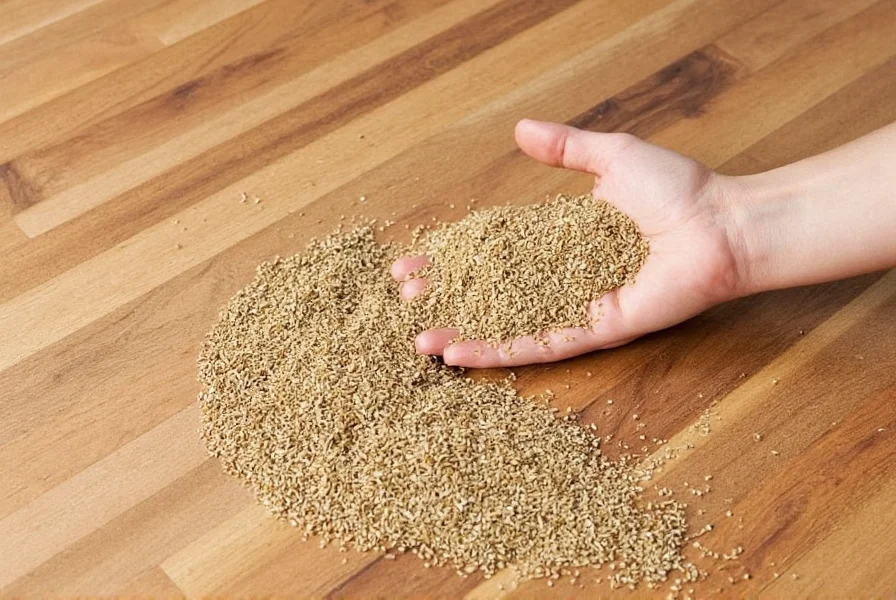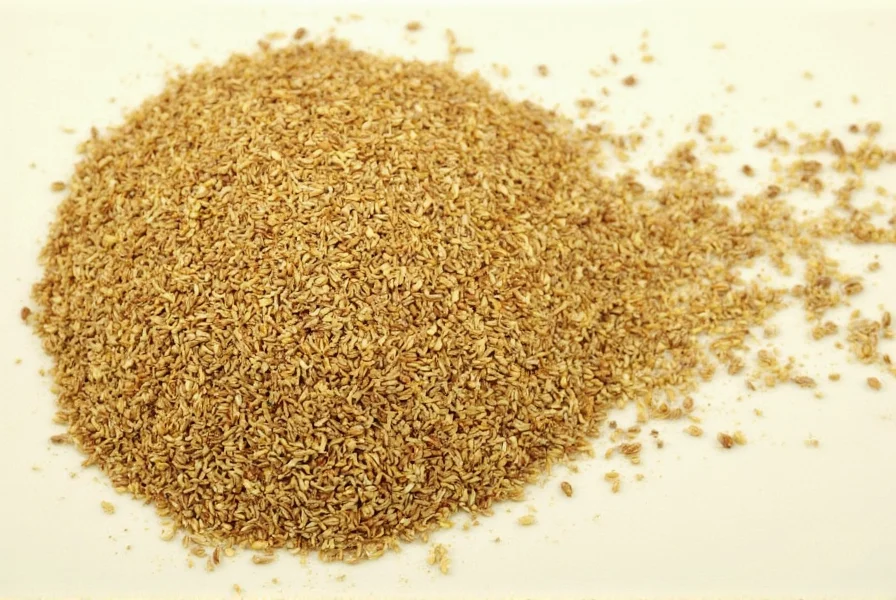Table of Contents
What is Caraway Seed?
Caraway seed (Carum carvi) is a small, crescent-shaped spice native to Europe and Western Asia. Known for its warm, earthy flavor with subtle anise and licorice notes, it’s distinct from cumin or fennel seeds despite visual similarities. This versatile ingredient enhances both sweet and savory dishes, from bread to liqueurs, making it a staple in global cuisines.
Flavor Profile
Caraway offers a complex taste profile: warm, slightly sweet, and earthy with distinct anise undertones. When toasted, it develops nuttier, more intense notes, while raw seeds deliver a sharper herbal quality. Its aroma is robust and aromatic, making it a favorite among chefs for adding depth without overwhelming other flavors.

Common Culinary Uses
Caraway is a key ingredient in numerous traditional dishes worldwide:
- Bread: Essential in rye bread, pumpernickel, and German seed cakes
- Sausages: Standard in German bratwurst and Polish kielbasa
- Stews & Soups: Pairs perfectly with root vegetables like carrots and potatoes
- Vegetables: Enhances roasted cabbage, turnips, and carrots
- Liqueurs: Infused in aquavit, schnapps, and some brandies
- Baking: Used in spiced cookies, cheese breads, and fruit cakes
Always use sparingly—its potent flavor can dominate dishes if overused.
| Product Type | Best For | Key Features | Price Range |
|---|---|---|---|
| Whole Caraway Seeds | Infusing liquids, baking | 100% organic, no additives | $8–$12 per 4 oz |
| Ground Caraway | Seasoning blends, soups | Fine texture, quick dissolution | $6–$10 per 2 oz |
| Pre-Mixed Blends | Quick cooking, spice rubs | Combined with complementary spices | $10–$15 per 3 oz |
Substitutes for Caraway Seed
While no substitute perfectly replicates caraway, these options work well in specific contexts:
- Fennel Seeds: Closest match for sweet dishes (similar licorice notes)
- Cumin + Fennel Blend (50/50): Best savory alternative
- Anise Seeds: Use sparingly (stronger licorice flavor)
- Parsley Seeds: Milder herbal option for soups and sauces
Storage Tips
Maximize freshness with these storage practices:
- Store whole seeds in an airtight container away from light and heat
- Whole seeds retain potency for 1-2 years; ground caraway lasts 3-6 months
- Test freshness by crushing a seed—strong aroma indicates quality
- Avoid refrigeration (moisture causes clumping)
Frequently Asked Questions
What exactly is caraway seed?
Caraway seed (Carum carvi) is a small, crescent-shaped spice from the parsley family, native to Europe and Western Asia. It has a warm, earthy flavor with subtle anise and licorice notes, distinct from cumin or fennel seeds despite visual similarities.
How does caraway taste compared to cumin or fennel?
Caraway is warmer and sweeter than cumin (which is more pungent and smoky) but less licorice-forward than fennel. It bridges the gap between the two with its balanced, aromatic profile.
Why is caraway used in rye bread?
Caraway’s warm, slightly sweet flavor cuts through the dense texture of rye bread, adding complexity without overpowering. It’s a traditional pairing that enhances the bread’s earthy notes.
Can I use caraway in desserts?
Absolutely! It’s commonly used in spiced cakes, cookies, and fruit-based desserts. Its anise-like notes pair beautifully with apples, pears, and citrus flavors.
How do I toast caraway seeds properly?
Heat a dry skillet over medium-low heat. Add seeds and stir constantly for 1-2 minutes until fragrant and slightly darker. Avoid burning—remove immediately from heat.











 浙公网安备
33010002000092号
浙公网安备
33010002000092号 浙B2-20120091-4
浙B2-20120091-4